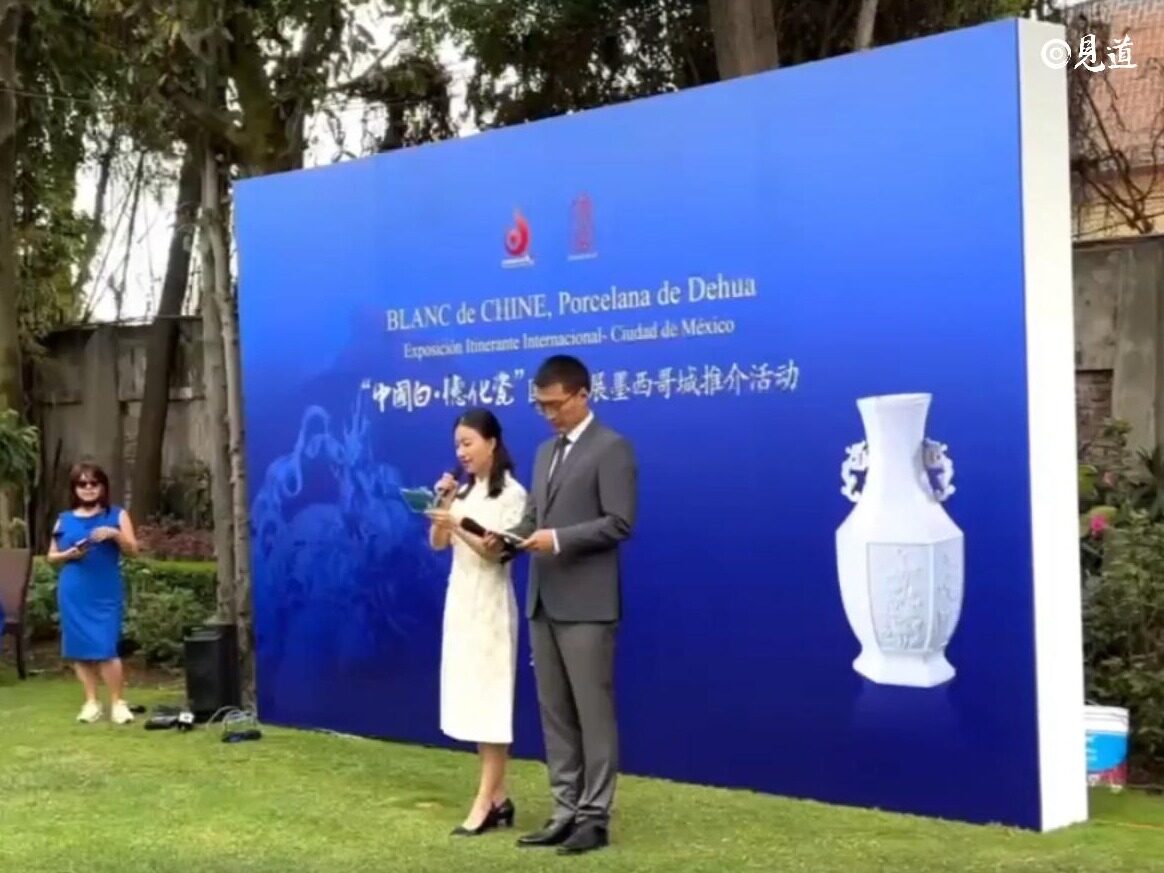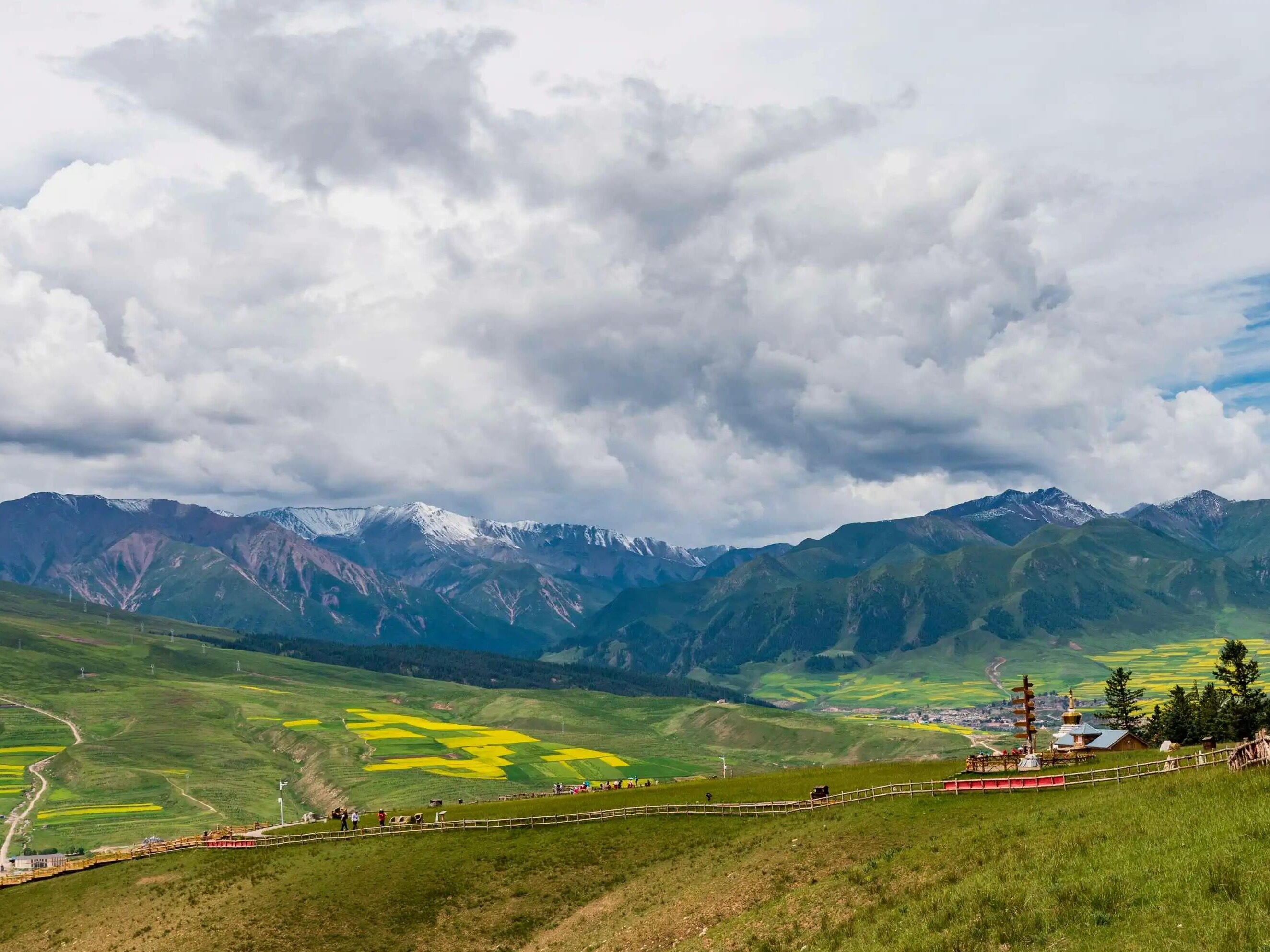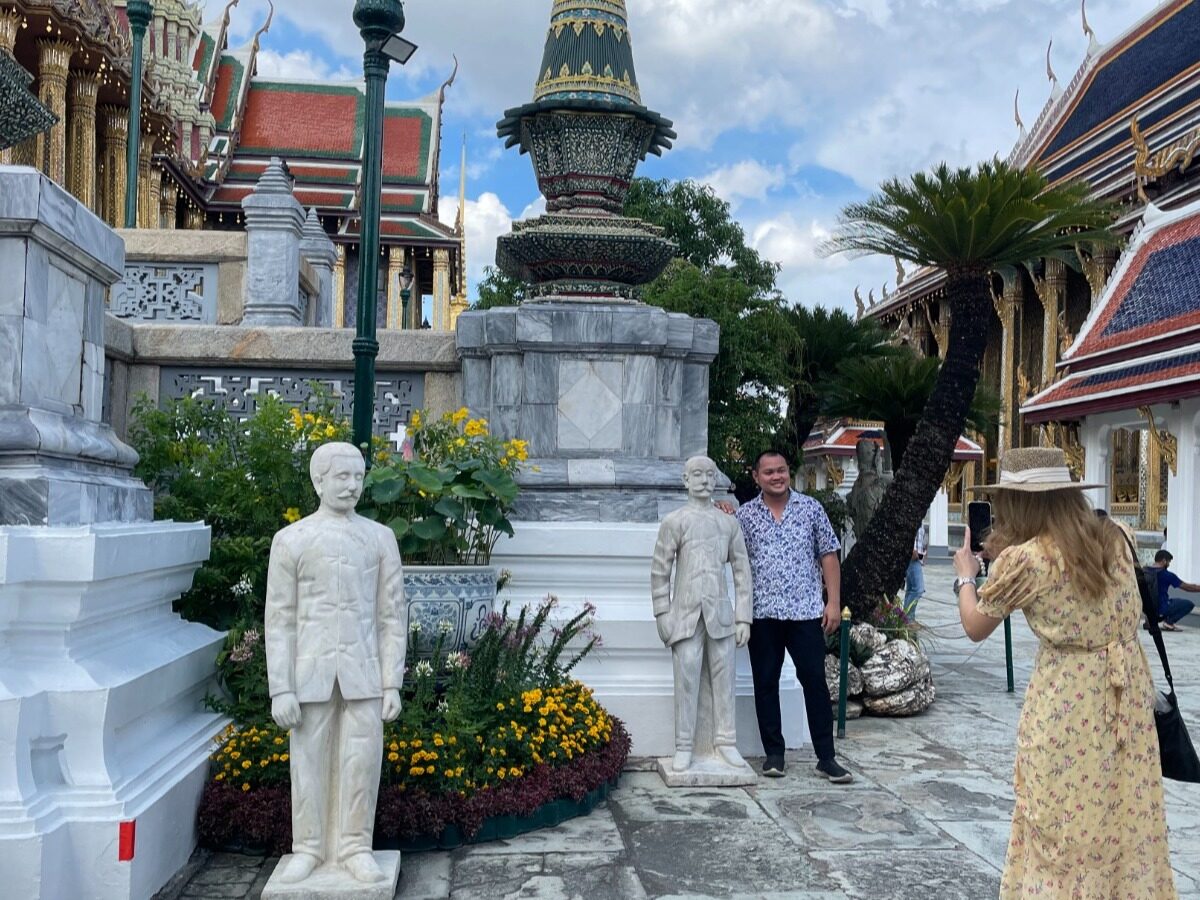
- The Ming Road has a well-developed transportation network, wide pavements and good drainage effects.
In the dynasties of Chinese dynasties, if the founding conditions were miserable, few could be worse than the Ming Dynasty: the big rivers were smashed from the north to the south, and the North Yuan was still making trouble at the border. When Emperor Yuan Shun ran, he could not wait to take away all the gold and silver in the north Precious metals were even difficult to issue currency. In addition to the constant natural disasters, exiles in various provinces, and the once prosperous cities, many of them have become ruins. Faced with such a dysfunctional dynasty, when Ming Taizu Zhu Yuanzhang ascended the throne, he sent out a powerful prophecy: Make the people rich and clothed. After that, there were post stations at 30 or 40 kilometers in various places, as well as transportation equipment such as horses and donkeys, and water stations such as cars and boats, forming a comprehensive transportation network, reaching 70,000 kilometers. In this way, the transfer of immigrants or construction personnel and the transportation of materials and seeds or rice is quick and easy. It can be seen that the prosperity of the country after the founding of the Ming Dynasty originated from the development of postal traffic.
Road construction
The common people said in their early years that if they want to get rich, they must build the road first. What Zhu Yuanzhang wanted to repair was the unprecedented length of the ancient Chinese dynasty, which connected the network of post roads to the north and south of the Dajiang River.

Although the project of Post Road has been in various dynasties, but in previous dynasties, no one like Zhu Yuanzhang has repaired such a big scene with incomparable determination: When Hongwu was still pursuing the North, the army issued special orders. Many troops picked up their tools and repaired local roads. After the reunification of the world, repairing the post road has become a top priority, and even in the assessment of local officials, these are absolute hard-core assessment standards.

Such determination also exchanged for the construction of the post road in the Daming Dynasty, which far surpassed the historical scene. There are post stations every 60 miles across the country, equipped with horses, donkeys and other transportation equipment, as well as vehicles and boats. In the water station, a large-scale transportation network is formed in the north and south of the river, with a total length of 143,700 miles. This unprecedentedly powerful transportation system has become a boiling blood vessel. The construction of various immigrants in the founding of the Ming Dynasty and the transportation of seed rice have become convenient and quick. The Ming dynasty, once in ruins, has since replenished its blood, and within 30 years, it will rebuild the prosperity of the country and the people. According to the "Guo Xian Xian Zheng Lu", after the founding of the Ming Dynasty, Guotai Min'an and the developed post road traffic were the first achievements.
And this powerful transportation network continued to evolve in the years after the Ming Dynasty, and even became the international signboard of the Daming Dynasty. In the era of the Yongle Emperor and the Kingdom, many foreign envoys who visited the Ming Dynasty marveled at China's developed transportation network. Even the missionaries who set foot on Ming Dynasty land with arrogance in the middle and late period of the Ming Dynasty were conquered by the powerful Ming Dynasty post road. With the excitement of the Spanish Rada, the post road traffic in the Fujian area in the Ming Dynasty was unimaginably wide and had a good drainage effect. After every heavy rain, the accumulated water on the post road was quickly cleaned. This alone is too much ahead of the Spaniards.

And at this time, the post road of the Ming Dynasty was not the scale of the Zhu Yuanzhang era. From Emperor Yongle, it continued to repair at the expense of the capital. It has been repaired to the north of the Songhua River Heilongjiang Basin today, and from west to Sichuan to Tibet The traditional Sichuan-Tibet tea-horse road in Lhasa has taken shape since then. The contribution to the development of a unified multi-ethnic country in China can be described as a heavyweight.

Even more heavyweight is the powerful transportation level of the Ming Dynasty Post Road. According to the records in the "edition of Cantonese sword", Ming Dynasty official Wang Linheng set off from Suzhou to Guangdong for a business trip. The most secluded route along the way, and he continued to swim. Just walking around, it took less than a month to reach the destination of Nanxiong, Guangdong from Suzhou. The quality of transportation is quite good.

However, what Zhu Yuanzhang didn't expect is that this famous and powerful post road system in the Ming Dynasty finally dug a pit for the demise of the Ming Dynasty because of the simple two words: corruption!
Deteriorated Ming Dynasty Post Road
How was corruption related to the Ming Dynasty Post Road? It must be said that the basic management system of Chaoyi Road: the Fujian system. In other words, the Ming Dynasty Post Road, which is managed by the Frame Division of the Ministry of Military Affairs, needs this token in order to use the benefits of the Post Road for free. For many years, this system has effectively ensured the transportation of Ming Dynasty traffic and reduced the burden on the people.
However, since the Jiajing period, this good system has deteriorated rapidly. On the one hand, the country is severely corrupt, and the distribution of character inspections has become seriously unreliable. In the early years of Jiajing, it was discarded for a time, and it was changed to a more stringent "consolidation" system. A document stating the role and whereabouts of the user. However, I didn't expect to change the soup without changing the medicine, especially during the time when Yan Song was the richest man in the cabinet, the distribution of survey cooperation became extremely flooded. The seven aunts and eight aunts of the officials went out to do private affairs, so they could easily come to Kanhe and take it all away.

Even more thunderous, it is another post road token: the fire card. This token was originally stricter, and it was originally only allowed to be used by border customs for transmitting emergency military information. But in Wanli years, this tall thing also changed its taste. Not only the army can use it, but the various yamens are vying to follow suit. According to the mockery in "Xi Yuan Wen Jian Lu", users holding fire cards can not only eat and drink all the way, but even fill in more money when reimbursing. Running back and forth a few times makes it easy to get rich.
And such a burden, without exception, all passed on to the people. The station's labor force is basically the bondage of ordinary people along the way, which is called without compensation. The car, horse and donkey costs of the station are even paid by the local people. Even according to the "Mingjing Shiwen", many officials even extorted the people along the way. The lion opened his mouth to ask for money and food, which made the people miserable. The Mingjing Shiwen Edition even described it as: The property of ten people in the Chinese family cannot be used for one year old. Severe labor and financial loss.

Such a scene of working hard for the people and hurting their money has continued to change since the reform of Zhang Juzheng in the Ming Dynasty. In the era of Zhang Juzheng's reform, the Ming Dynasty strictly controlled the use of post stations, and by means of a whip method, it was changed to ordinary people to bank and hire people to serve, and a new industry chain was also rapidly formed. Professional servant. However, after Zhang Juzheng's death, the misuse of the station quickly spread. By the end of Wanli, the cost of food and work alone increased by seven times compared with that before Wanli. Therefore, when Emperor Chongzhen, who was distressed by money, ascended the throne, the matter also became undiscussed: after the ambassador Liu Xie screamed, he simply and ruthlessly cut it out.
In this way, the corruption of the post road system is gone, but the people are even more miserable: after all, communication still needs to be made, so various apportionments are transferred to the people. Problems such as natural disasters and famines appeared, which made the people worry. What a good thing has become an inducement to death, how sad it is! This post road project that created the glory of the Ming Dynasty finally sounded the death knell of the country. Editor / Zhao Yongjing
Comment
 Praise
Praise
 Collect
Collect
 Comment
Comment
 Search
Search














Write something~